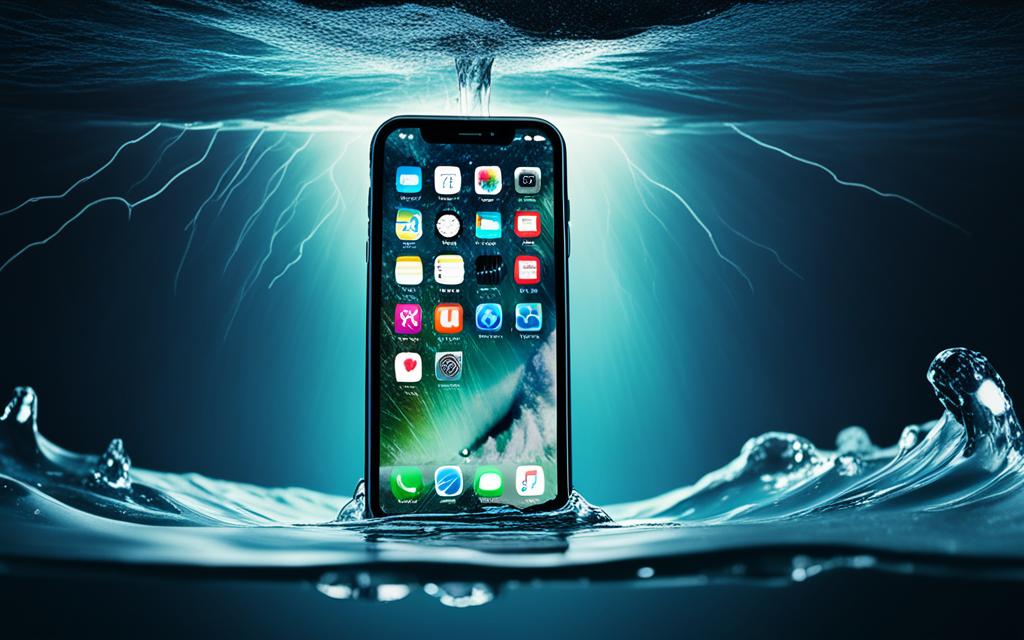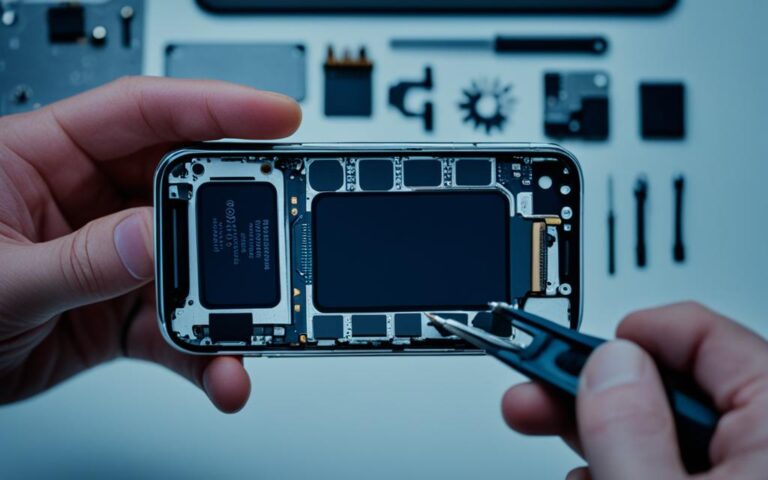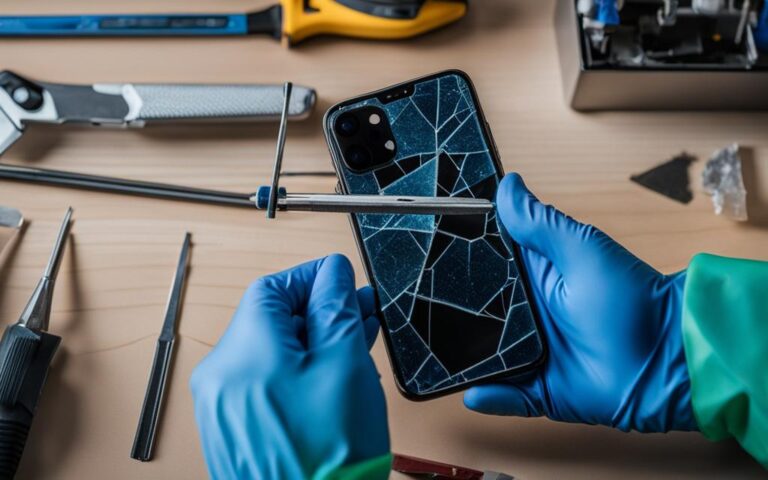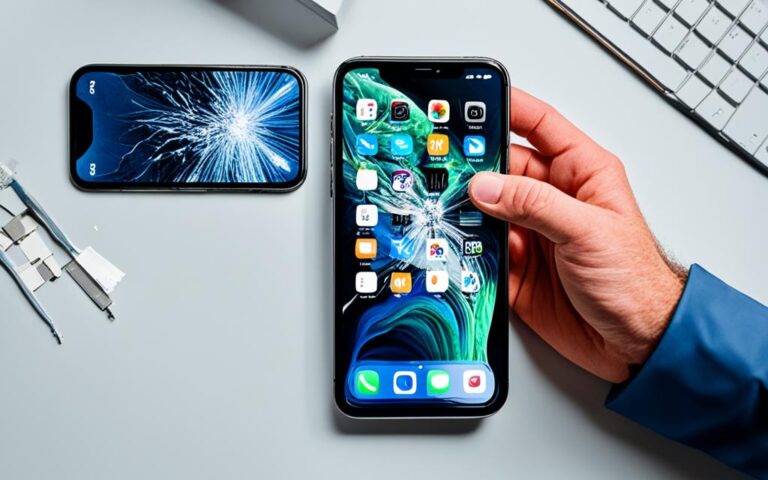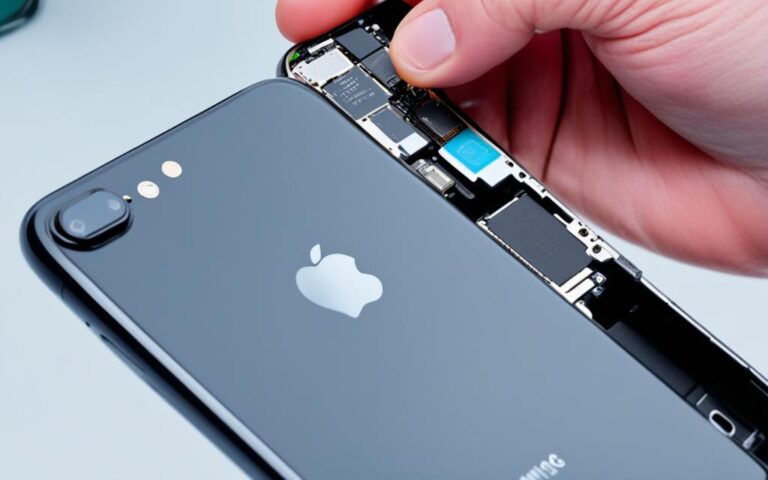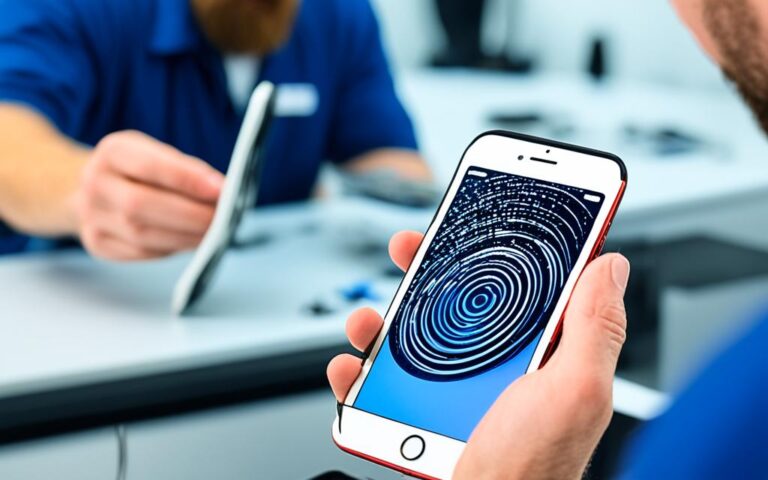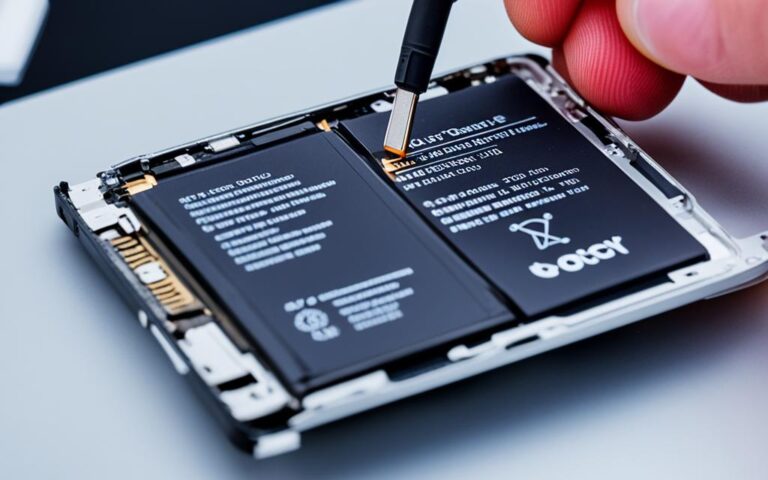Reviving an iPhone Stuck in Recovery Mode
If you’re facing the issue of your iPhone being stuck in recovery mode, there are several solutions you can try to resolve it. This guide will help you troubleshoot the problem and regain control over your device.
Recovery Mode on iPhone is a built-in feature that allows you to update or restore the software. Sometimes, due to various reasons, your iPhone may get stuck in recovery mode, resulting in error messages like 2002 or 9. It’s important to understand these common errors and their potential solutions.
When encountering recovery mode errors like 2002 or 9, there are specific steps you can take to resolve them. Firstly, make sure your Mac or PC has the latest software updates. Force restart your device according to its model. Reconnecting your device to the computer and updating the software instead of restoring it can also help. Checking USB connections and using the original USB cable are vital troubleshooting steps to address these errors.
If your iPhone is stuck on the Apple logo screen or your computer doesn’t recognize your device, putting it in recovery mode might be necessary. Each iPhone model has a specific method to enter recovery mode. Plugging your device into a computer and using the appropriate software to update or restore it can help resolve the issue.
If your device is still stuck in recovery mode after the previous steps, reinstalling the iOS or iPadOS can be a solution. Ensure that your Mac or PC has the latest software updates, including iTunes. Connect your device to the computer and choose the Update option when prompted.
Facing an iPhone stuck in recovery mode can be frustrating, but with the right steps, you can resolve the issue effectively. By understanding recovery mode, common errors, and how to put your device in recovery mode, you have the tools to troubleshoot and revive your iPhone. If all else fails, reinstalling the iOS or iPadOS can help restore your device to its normal functioning. Remember to always check for the latest software updates to ensure smooth performance.
Understanding Recovery Mode on iPhone
Recovery Mode is a built-in feature in iPhone devices that allows you to update or restore the software.
Sometimes, due to various reasons, your iPhone may get stuck in recovery mode, resulting in error messages like 2002 or 9. These errors can be caused by issues during the update or restore process.
It’s essential to understand the common errors and their potential solutions to effectively troubleshoot and resolve iPhone recovery mode issues.
Common iPhone Update and Restore Errors
Error 2002: This error occurs when your iPhone fails to restore due to a USB connection issue. It can be caused by a faulty USB cable or incorrect USB port usage.
Error 9: Error 9 typically occurs when there is a problem with your computer’s security software or firewall settings. It can also be related to a hardware issue, such as a faulty connection between your iPhone and the computer.
Understanding these errors will help you identify and address the root causes effectively.
Now that we comprehend the importance of recovery mode and its associated errors, let’s take a closer look at the steps to fix these issues.
Fixing iPhone Recovery Mode Errors
When encountering recovery mode errors like iPhone error 2002 or iPhone error 9, there are specific steps you can take to resolve them. To fix these issues, follow the troubleshooting steps below:
Step 1: Update Software
Make sure your Mac or PC has the latest software updates. Keeping your system up to date can help resolve compatibility issues that may cause recovery mode errors on your iPhone.
Step 2: Force Restart Your Device
Force restart your iPhone according to its model. Refer to the table below to find the appropriate method for your device:
| iPhone Model | Force Restart Method |
|---|---|
| iPhone 8 or later | Press and release the Volume Up button, followed by the Volume Down button. Hold the Side button until the Apple logo appears. |
| Older iPhone models | Hold the Home button and the Sleep/Wake button simultaneously until the Apple logo appears. |
Step 3: Update Software Instead of Restoring
Instead of restoring your iPhone, try updating the software through iTunes or Finder. Connect your device to your computer and follow the on-screen instructions to update the software. This method may help bypass recovery mode errors and restore your device to normal functioning.
Step 4: Check USB Connections and Cable
Ensure that the USB connections between your device and computer are secure. Use the original USB cable that came with your iPhone, as using third-party cables can sometimes lead to connectivity issues and errors.
Following these steps can help you resolve common iPhone recovery mode errors like iPhone error 2002 and iPhone error 9. If the issue persists, continue to the next section to learn how to put your iPhone in recovery mode.
Move on to the next section to learn how to put your iPhone in recovery mode and resolve more stubborn issues.
Putting Your iPhone in Recovery Mode
If your iPhone is stuck on the Apple logo screen or your computer doesn’t recognize your device, putting it in recovery mode might be necessary. Each iPhone model has a specific method to enter recovery mode.
Entering Recovery Mode
For iPhone 8 or later models, follow these steps:
- Press and release the Volume Up button.
- Press and release the Volume Down button.
- Hold down the Side button until the recovery mode screen appears.
For older models, such as iPhone 7, follow these steps:
- Hold down the Home button.
- Hold down the Sleep/Wake button.
- Keep holding both buttons until the recovery mode screen appears.
Once your device is in recovery mode, you can connect it to your computer using the appropriate USB cable and launch the necessary software for updating or restoring your iPhone. This process can help resolve issues and get your device back to normal functioning.
Reinstalling iOS or iPadOS
If your device is still stuck in recovery mode after following the previous troubleshooting steps, reinstalling the iOS or iPadOS can be an effective solution. By reinstalling the software, you can often resolve any underlying issues that are causing the recovery mode error.
To reinstall iOS or iPadOS, you’ll need to ensure that your Mac or PC has the latest software updates, including iTunes. This will ensure that you have the most stable and up-to-date platform for the reinstallation process.
Follow these steps to reinstall iOS or iPadOS:
- Connect your device to the computer using the original USB cable.
- If prompted, choose the “Update” option from the computer. This will initiate the reinstallation process.
- During the reinstallation, make sure not to disconnect your device or interrupt the process. Let it run its course even if it takes longer than expected.
Reinstalling the software will preserve your personal data, ensuring that you don’t lose any important files or information in the process. It’s an efficient way to refresh your device and resolve any persistent recovery mode issues.
Remember to always check for the latest software updates and utilize a stable internet connection when reinstalling iOS or iPadOS.
| Benefits of Reinstalling iOS or iPadOS | Considerations |
|---|---|
| Resolves software-related issues causing recovery mode errors | Requires a stable internet connection |
| Preserves personal data | The reinstallation process may take longer than expected, so patience is essential |
| Refreshes the device’s software, improving overall performance | Ensure that the computer has the latest software updates, including iTunes |
Conclusion
Facing an iPhone stuck in recovery mode can be frustrating, but with the right steps, you can resolve the issue effectively. By understanding recovery mode, common errors, and how to put your device in recovery mode, you have the tools to troubleshoot and revive your iPhone. If all else fails, reinstalling the iOS or iPadOS can help restore your device to its normal functioning. Remember to always check for the latest software updates to ensure smooth performance.
Recovery mode is a useful feature built into iPhone devices that allows you to update or restore the software. However, it can sometimes encounter errors, such as a device getting stuck in recovery mode or encountering error messages like 2002 or 9. In such cases, it’s essential to follow the right troubleshooting steps to resolve the issue.
If your iPhone is stuck in recovery mode, there are specific steps you can take to fix the problem. These include updating your computer’s software, force-restarting your device, checking USB connections, and using the original USB cable. Additionally, putting your iPhone in recovery mode can help, especially if it’s stuck on the Apple logo or your computer fails to recognize it.
If none of the previous steps work, reinstalling the iOS or iPadOS can be a solution. This process involves connecting your device to a computer, ensuring you have the latest software updates, and choosing the Update option to reinstall the software. By following these steps and regularly checking for software updates, you can troubleshoot and revive your iPhone effectively.
